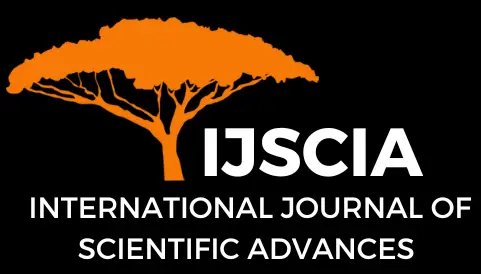Solar Food/Crop Drying Practices in Uganda: The State of the Art & Prospective Development
James Menya1*, Kant Kanyarusoke1, and Wilson Babu Musinguzi2
Abstract
Drying has been widely used as a food processing unit operation since ancient times. Though drying practices have evolved and each time improving, the prevalence of agricultural losses especially in developing countries has gone unnoticed. Challenges for well-engineered solar drying systems still exist. This is attributed to drying technology developers focusing on industrial technology design. The objective of this paper was to shed light on solar drying challenges and opportunities in Uganda and how they can be harnessed for development of appropriate solar drying systems. Systematic review of literature was done. In a nutshell, there has been unceasing efforts towards reducing food losses through advancement of drying techniques but this is not based on a complete analysis of all key players. Major focus is on large scale processors with less attention to small and medium enterprises yet they dominate food/crop processing in the developing world. There is therefore need for re-alignment of plans to cater for drying needs of the small and medium processors. This may be through providing affordable, improved and efficient drying systems that use readily available renewable energy and materials.
Keywords
solar crop dryers; food-losses; drying practices; novel drying
Cite This Article
Menya, J., Kanyarusoke, K., Musinguzi, W. B. (2024). Solar Food/Crop Drying Practices in Uganda: The State of the Art & Prospective Development. International Journal of Scientific Advances (IJSCIA), Volume 5| Issue 2: Mar-Apr 2024, Pages 375-383, URL: https://www.ijscia.com/wp-content/uploads/2024/05/Volume5-Issue2-Mar-Apr-No.597-375-383.pdf
Volume 5 | Issue 2: Mar-Apr 2024


